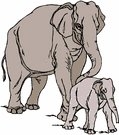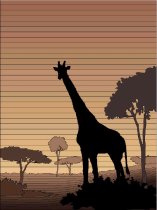
Worksheets and No Prep Teaching Resources
Reading Comprehension Worksheets
Animal Themes
Grasslands

Animal Themes
 Worksheets and No Prep Teaching Resources Reading Comprehension Worksheets Animal Themes Grasslands |
 Animal Themes |
| edHelper's suggested reading level: | grades 6 to 8 | |
| Flesch-Kincaid grade level: | 7.89 |
| Grasslands - Introduction |

|
 1 Grasslands are places where fast-running animals live. Since there are almost no trees in grasslands, animals can run at their top speeds without bumping into things. Both cheetahs and ostriches, known for their swiftness, make grasslands their home. Other animals living in grasslands include zebras, giraffes, white rhinoceros, warthogs, grasshoppers, and vultures.
1 Grasslands are places where fast-running animals live. Since there are almost no trees in grasslands, animals can run at their top speeds without bumping into things. Both cheetahs and ostriches, known for their swiftness, make grasslands their home. Other animals living in grasslands include zebras, giraffes, white rhinoceros, warthogs, grasshoppers, and vultures. |
Create Weekly Reading Books
Prepare for an entire week at once! |
| Leave your feedback on Grasslands - Introduction (use this link if you found an error in the story) |
 |
Animal Themes
|
 |
Grasslands
|
|
|